Despite being your first line of security against online attacks, passwords continue to be one of the most prevalent organizational vulnerabilities. Password compromise is a contributing factor in 80% of data breaches.
A strong password strategy can assist industry standards compliance, enhance your overall information security posture, and significantly lower the danger of unwanted access. To help you get started, we’ve included a customized password policy template that integrates NIST Digital Identity Guidelines, examples, and best practices for access control. We’ll also go over how to design a strong password policy below.
Why Cybersecurity requires password Management
Users sharing, reusing, or improperly handling passwords are responsible for over 30% of data breaches, whereas credential stuffing, a tactic that takes advantage of previously used passwords, is responsible for about 10% of breaches. Twenty percent of the time, brute force attacks—in which hackers repeatedly guess passwords—are successful. The dangers of using insecure passwords are too great to ignore, whether an employee is using a password that is simple to figure out or hackers are taking advantage of weak credentials.
Although establishing a robust password policy is a fundamental security safeguard, less than half of firms (44%) offer their staff advice and best practices around passwords and access control.
In addition to safeguarding your most private data and systems, a written password policy fosters a culture of security awareness and gives your staff the information they need. Employees who develop stronger password habits frequently apply these concepts to other risk management domains, enhancing your security posture as a whole. You may significantly lower risks and improve your organization’s resistance to changing threats by establishing clear expectations and providing your staff with resources like password managers and multi-factor authentication.
Best practices for password policies: NIST recommendations
Strong cybersecurity strategies are built on the foundation of efficient password regulations and access management procedures. By working together, they lower the possibility of credential-based attacks and illegal access by ensuring that passwords are both secure and strong.
By putting usability and security first, NIST SP 800-63B establishes the standard for contemporary password rules. A smooth, user-friendly structure that reduces vulnerabilities and improves compliance is the main goal of recent improvements, which abandon antiquated procedures like changing passwords frequently.
Establish minimal requirements for password length and complexity
User passwords must to be lengthy and varied. Credential Service Providers and other randomly generated passwords can have as few as six numeric characters, while NIST advises that user-provided passwords have at least eight characters.
Passphrases that are easier to remember and more difficult to figure out, such “CyberStrong2025!” should be encouraged rather than having extremely strict password complexity restrictions. Prevent annoying limitations like capital and lowercase letters or specific character kinds, but give users the freedom to construct longer or more complex passwords.
Provide clear user instructions and robust password checks
Every password should to be compared against a list of weak, popular, or compromised passwords, such as dictionary terms, repeating sequences like “123456,” or compromised credential databases. Provide users with tools such as strong password generators or password strength meters so they can build secure credentials and determine whether they fulfill criteria.
By giving consumers easily understandable instructions, you can help them make better decisions and decrease mistakes, which will improve adherence to your password policy.
Implement MFA (multi-factor authentication).
To protect your data from changing threats, passwords might not be enough on their own. The requirement that users authenticate themselves using extra elements, like hardware tokens, badges, biometrics, or one-time codes, adds a critical layer of security. Strong protection against unwanted access is provided by MFA, even in the event that a password is compromised.
Set up a password organizer
Password managers, such as LastPass or 1Password, make it easier to create, store, and securely share passwords. By creating secure, one-of-a-kind passwords for each account, staff members can avoid using dangerous methods like emailing or writing passwords on sticky notes.
Password managers that have a “paste” feature in password fields should be encouraged to be used. Set up encryption both in transit and at rest, and make sure that passwords are salted and hashed using secure one-way key derivation functions (such PBKDF2 or bcrypt) for enterprises without password managers.
Avoid policies that expire passwords.
Reusing or simplifying old passwords are examples of negative practices that can result from changing passwords frequently. Only in the event of a known compromise or at least once a year should password changes be enforced, according to new NIST guidelines. If it’s really important to strike a compromise between security and usability, you might want to think about implementing a 90-day password reset for high-privilege user accounts.
Implement session management techniques such as automated lockouts.
Implement rate-limiting measures and account lockouts following several unsuccessful login attempts to protect against brute force attacks. To reduce typographical errors during login, let users see the passwords they have submitted.
Use authentication procedures that guard against replay and man-in-the-middle attacks to provide secure session management. In order to keep a secure access environment, certain measures are necessary.
In addition to improving security, you’re also building an easy-to-use and simple framework by coordinating your password policy with NIST recommendations. Employees will find it easier to follow your policy and defend your company from threats if you provide clear instructions and the appropriate tools and technologies.
Tips for creating a secure password policy
A password policy that is customized to the specific requirements of your company must strike a balance between security, usability, and compliance requirements. Utilize this methodical approach to guarantee that your policy is successful and widely accepted by your team.
1. Recognize what your company requires
Assessing the unique needs of your company, such as operational requirements, commercial objectives, and regulatory or framework compliance, should come first. A strong password policy promotes efficiency without adding needless hassles for users.
Incorporate stakeholders from multiple departments to guarantee that your policy is both thorough and useful:
- Cybersecurity and IT may offer technical know-how and take the lead in developing policies.
- Alignment with relevant regulations can be ensured by compliance and legal.
- HR can include the policy in security awareness training programs and employee onboarding.
- The policy’s use and practicality can be guaranteed via operations.
- The company’s executive leadership can gain support for implementation and enforcement.
2. Establish goals and assess hazards.
Analyze any possible weaknesses in your company’s password usage. Do staff members reuse passwords or store them in an unsafe manner? Existing systems support integrated password managers and multi-factor authentication? What are the most pertinent credential threats for your organization, such as phishing or credential stuffing?
With this information, you may decide what you want the policy to accomplish, such as enhancing access controls, lowering the possibility of compromised accounts, guaranteeing adherence to particular standards, or enabling staff members to adhere to data security best practices.
3. Compose the policy.
Using the objectives you determined in step 2 and the NIST best practices mentioned above, draft your policy. Prioritize usability because too rigid restrictions may result in low uptake or workarounds.
To make sure the policy is workable and doesn’t cause needless inconvenience for users, test it out on a small group of people. You can improve the policy based on practical usability and security requirements by getting feedback.
When the draft is complete, show executive leadership how it supports overall security, guarantees compliance, and fits in with corporate objectives.
4. Explain and carry out the policy
Employee comprehension and adoption are necessary for a policy to be effective. After approval, disseminate the policy to staff members via various means. Describe the rationale for the policy’s implementation, how to follow it, and how to use resources like password managers and training materials. The significance of password security can be emphasized by tying it into a larger discussion about cybersecurity awareness initiatives.
5. Review and update the policy on a regular basis
Regularly use access reviews and system audits to ensure that the policy is being followed. Promptly address infractions and provide continuing instruction to emphasize the value of using secure passwords. Your password policy should be reviewed at least once a year to make sure it is still effective and in line with the most recent best practices, as cybersecurity threats and technologies are always changing.
Additional techniques for improving your cybersecurity and access management posture
Although a strong password policy is an essential part of access management, it is only one aspect of the system. To improve your company’s security posture even more, think about adding more tactics and resources.
Embrace RBAC (role-based access controls)
RBAC lowers the risk of illegal access and minimizes the possible damage from a compromised account by ensuring that employees only have access to the resources necessary for their particular tasks. Role-based permission checks on a regular basis assist maintain access in line with job duties and guarantee that superfluous or out-of-date rights are eliminated.
Privileged Access Management (PAM) should be used
For attackers, privileged accounts—like admin credentials—are very desirable targets. By implementing more stringent security measures, such as mandating multi-factor authentication for all privileged accounts, keeping an eye on and recording account activity to spot irregularities, and utilizing just-in-time access to provide rights only for designated tasks and time periods, PAM safeguards these accounts. When combined, these procedures greatly lower the possibility of privilege misuse.
Track and examine any access-related activities.
Finding vulnerabilities before they may be exploited requires regular monitoring and auditing of access behavior. Suspicious activity is flagged by real-time monitoring throughout your tech stack, such as repeated unsuccessful login attempts or logins from odd places.
Put a Zero Trust strategy into practice
Zero Trust makes the assumption that every request for access, even from inside your company, could be malicious. This method demands authorization and authentication for each access attempt, independent of device or location. In addition, network segmentation limits lateral movement in the case of a breach, limiting possible harm to isolated regions.

